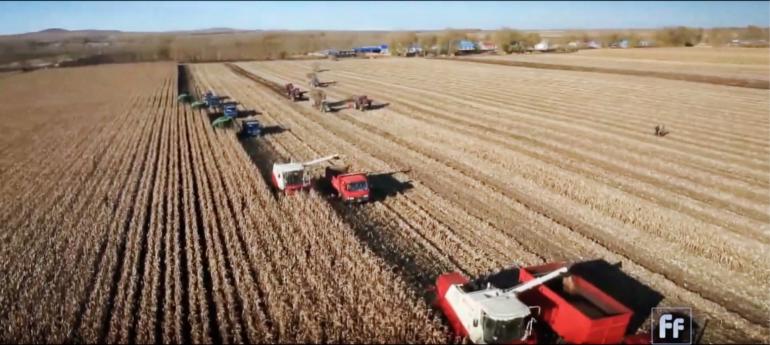Growing, producing and shipping food are big contributors to climate change. About one-third of the global greenhouse gas emissions come from the world’s food systems, according to the UN Food and Agriculture Organization.
Food is “an instigator of climate change and it’s a victim of climate change,” said Jessica Fanzo, director of the Johns Hopkins Global Food Ethics and Policy Program and author of Can Fixing Dinner Fix the Planet?.
One of the solutions is changing individuals’ diets, what Fanzo and fellow food researchers from the EAT Lancet Commission call a “planetary health diet.” The diet is high in fruits and vegetables, as well as beans, legumes, nuts and seeds, while food from animal sources, including meat, fish and dairy, are low.
Not only is this sustainable for the planet, “it’s a very plant-based diet that meets nutritional needs, decreases your risk for non-communicable diseases like cardiovascular disease and diabetes and stroke, all these long-term, chronic, quite costly diseases,” Fanzo said.
One of the ways that food systems contribute to greenhouse gas emissions is through raising livestock.
“Beef is mostly coming from Latin America, where you are clearing tropical rainforests and other valuable habitats,” said Tim Searchinger, a senior fellow at the World Resources Institute and a senior research scholar at Princeton University.
“What people may not know is that for every ton of carbon in the atmosphere, there are at least four tons of carbon in the world’s vegetation, mainly forests and soils. And when we clear land and start using it to grow things, we release that carbon,” Searchinger said.
In China, the population makes up 20 percent of the world’s population, but the country only has 10 percent of the world’s resources. Through technological innovations, in agricultural machinery, to infrastructure that better link food producers to consumers, China has been able to feed 1.4 billion people.
 CGTN America
CGTN America
